• Traditional dentistry concerned about oral health and hygiene whereas cosmetic dentistry gives importance to the esthetic part also.
• In traditional dentistry treatment they try to restore the structure, function, and maintenance of the teeth.
• In cosmetic dentistry along with structure and function they gave importance to size, shape, contour, and color of the teeth and gum thereby gives you a beautiful smile.
• Cosmetic dentists work on your smile and appearance so it will bring you lifelong happiness.
Treatments come under cosmetic dentistry:
• Inlays, Onlays and crowns
• Inlays are indirect restoration which is placed inside the tooth cavity
• Onlays are indirect restoration which replaces the fractured cusp or wall of teeth
• Crowns are the structures that entirely covers the tooth crown portion
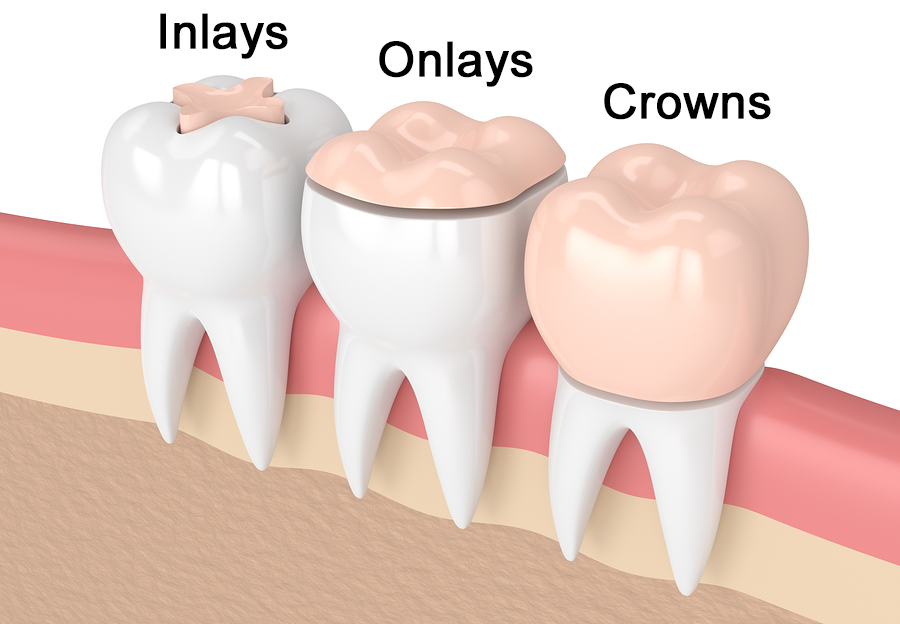
• Composite restoration
Composite restorations are tooth-colored material that adheres to the tooth structure with micromechanical bonding it helps in build up the fractured tooth structure
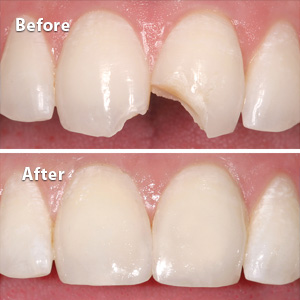
• Dental Veneers
They are the tooth colored laminates which covers the tooth from the facial surface.
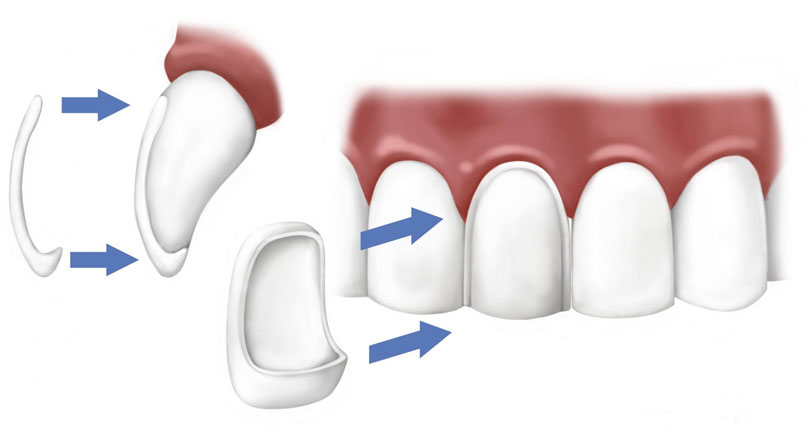
• Teeth whitening
Teeth whitening will improve the color of your teeth whereas a normal cleaning procedure will remove the deposits and stains which adhered to the tooth structure.
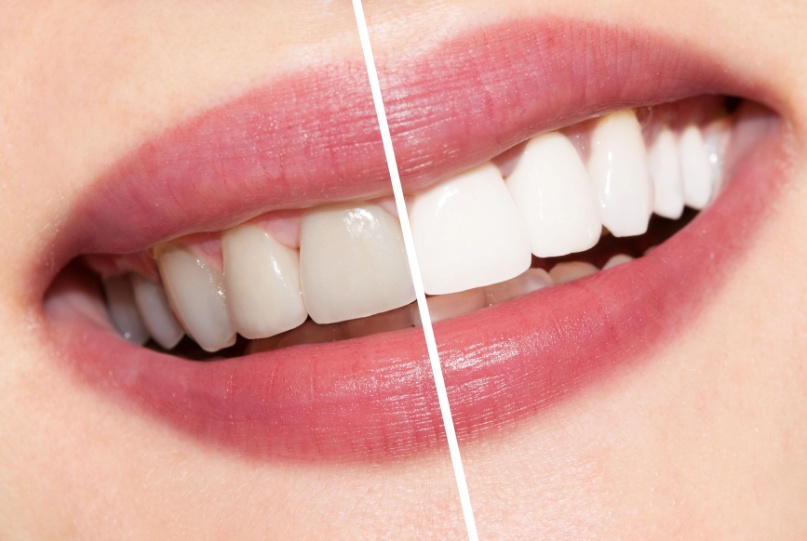
• Implant
The implant is the best and most advanced option for the replacement of a missing tooth without causing any harm to the adjacent teeth. 
• Gum surgery
There are some patients with enlarged gums which gives them a gummy smile so to improve the smile the doctors will remove the extra gingival which grown over the tooth called a gingivectomy.
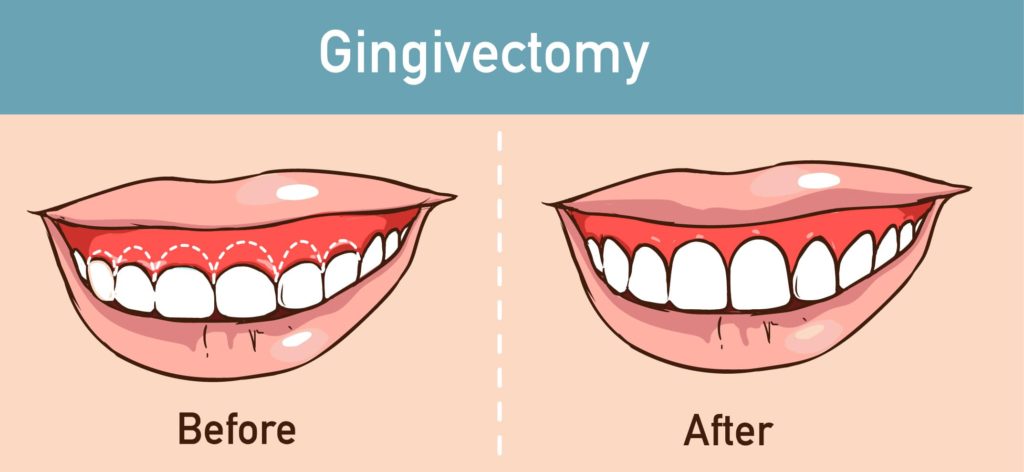
There are some patients with darker gingiva so for such patients we will surgically rove the pigment-producing cells called melanocytes.
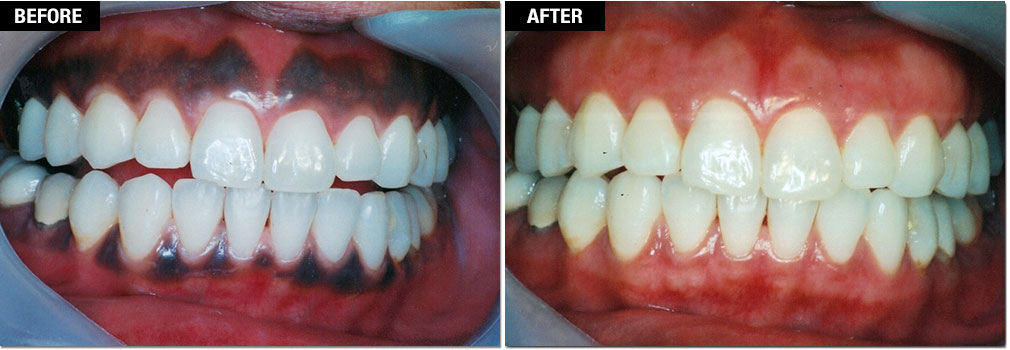
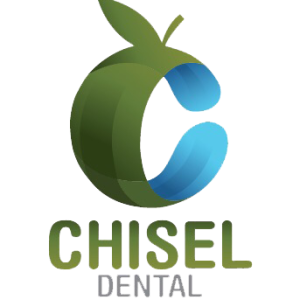


Recent Comments